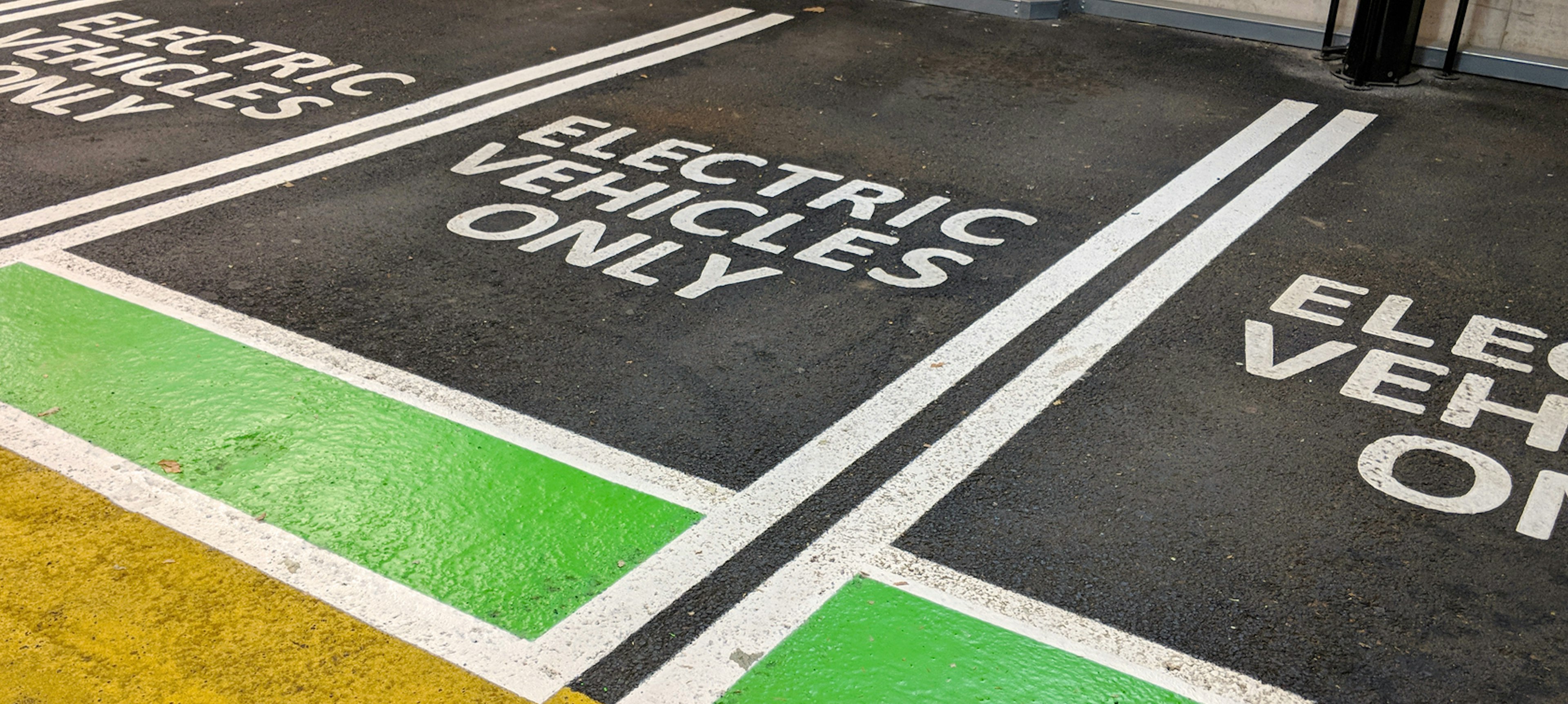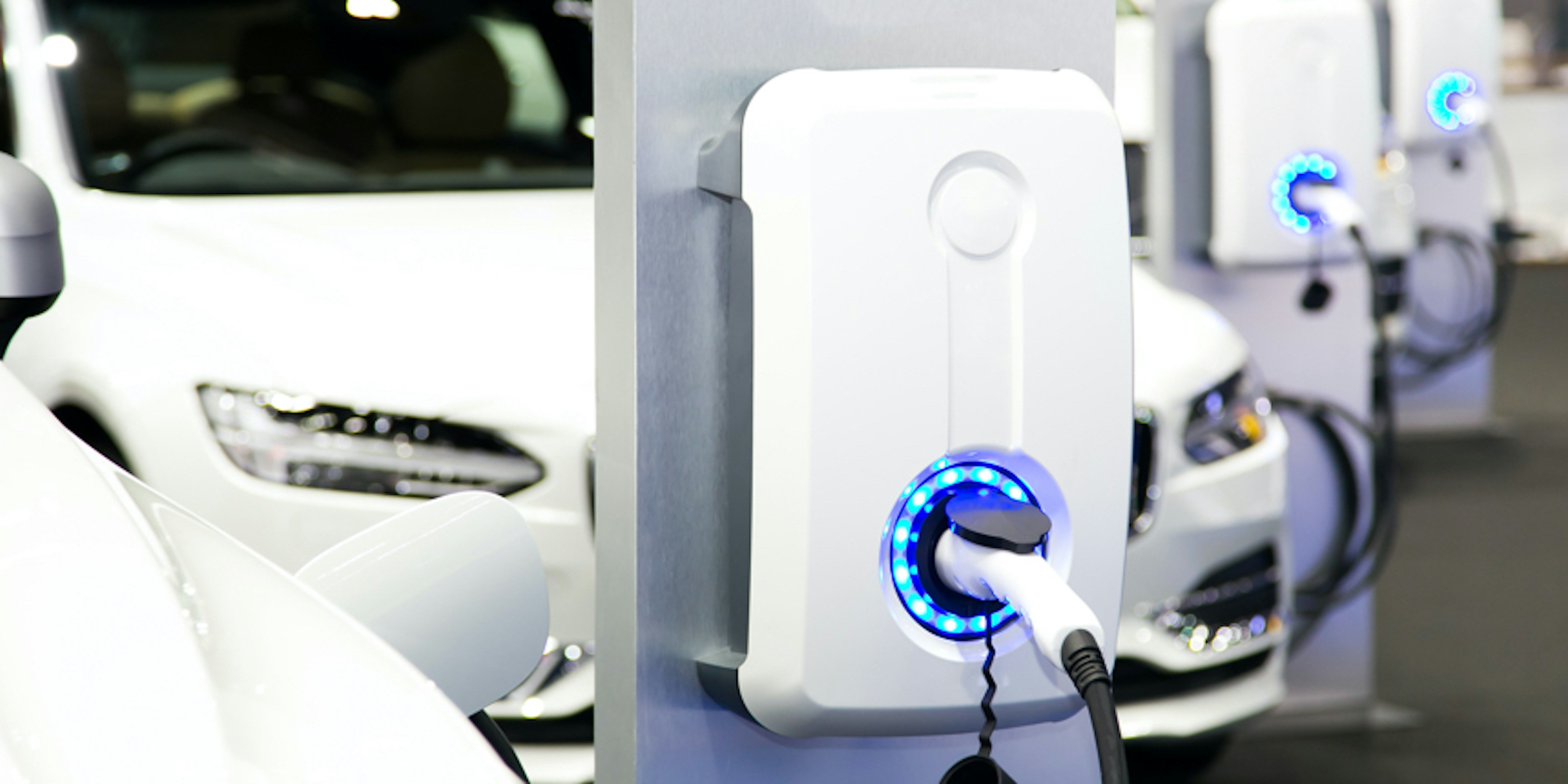As companies increasingly transition some or all of their fleet to electric vehicles, more people are finding themselves behind the wheel of a battery-powered car for the first time. For most, it’s an exciting and positive opportunity, but they may have questions or concerns. Below is helpful information first-time EV drivers will appreciate knowing. Covering this material with your employees—well before the first EV is integrated into your fleet—helps manage concerns while simultaneously stoking their enthusiasm.
What’s the range of an EV?
This is likely the number one concern among your employees. The best way to treat, or at least manage, “range anxiety” is through education. Inform them the U.S. Department of Energy rates EVs for range much as it does for fuel economy with internal combustion engine (ICE) vehicles.
Your employees are likely to be reassured when told most EVs can travel for more than 100 miles on a single charge, with some models allowing for as much as 200–300 miles. According to the Office of Energy Efficiency & Renewable Energy, the median EPA estimated range for all EV models offered in the 2020 model year exceeded 250 miles. That model year also marked the first year an EV achieved an estimated maximum range of more than 400 miles—roughly the distance from Los Angeles to San Francisco. As battery technology advances, EV ranges will increase.
How long will it take to charge my EV?
This is likely the second most pressing question an EV newbie will have, particularly if your fleet doesn’t have a central charging depot. Explain the charging time involved depends on the vehicle, battery type, and most critically, the sort of charger used. Chargers are available in three main types:
- Level 1 chargers use a 120 V AC plug and do not require additional equipment. These chargers deliver two to five miles of range per hour of charging and are most often used at home.
- Level 2 chargers use a 240 V AC plug and require installing additional charging equipment. These chargers deliver 10–60 miles of range per hour of charging and are used in homes and at public charging stations.
- DC fast chargers use 480 V AC plugs and require highly specialized, high-powered equipment as well as special equipment within the vehicle itself. These chargers can deliver 60–100 miles of range in as little as 20 minutes.
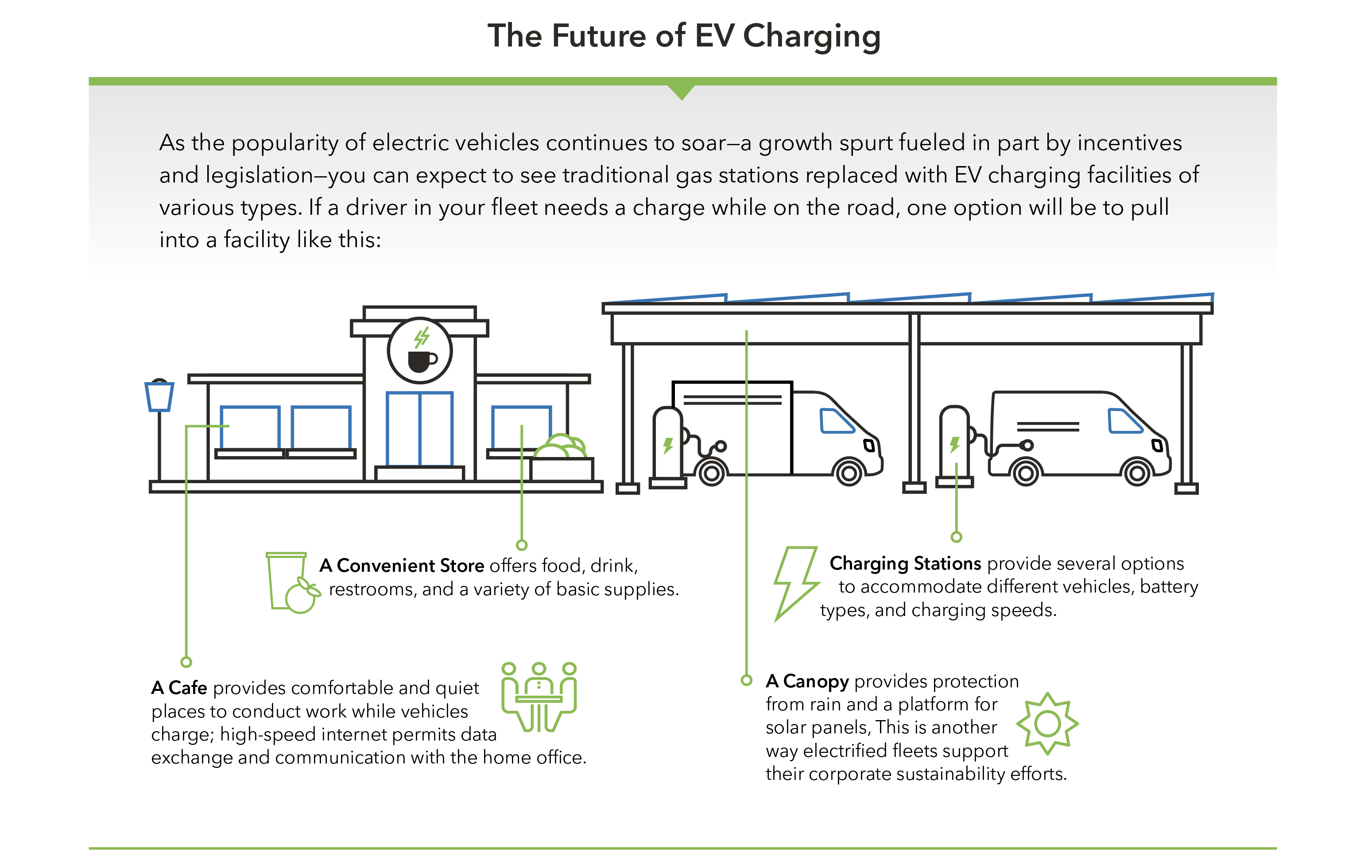
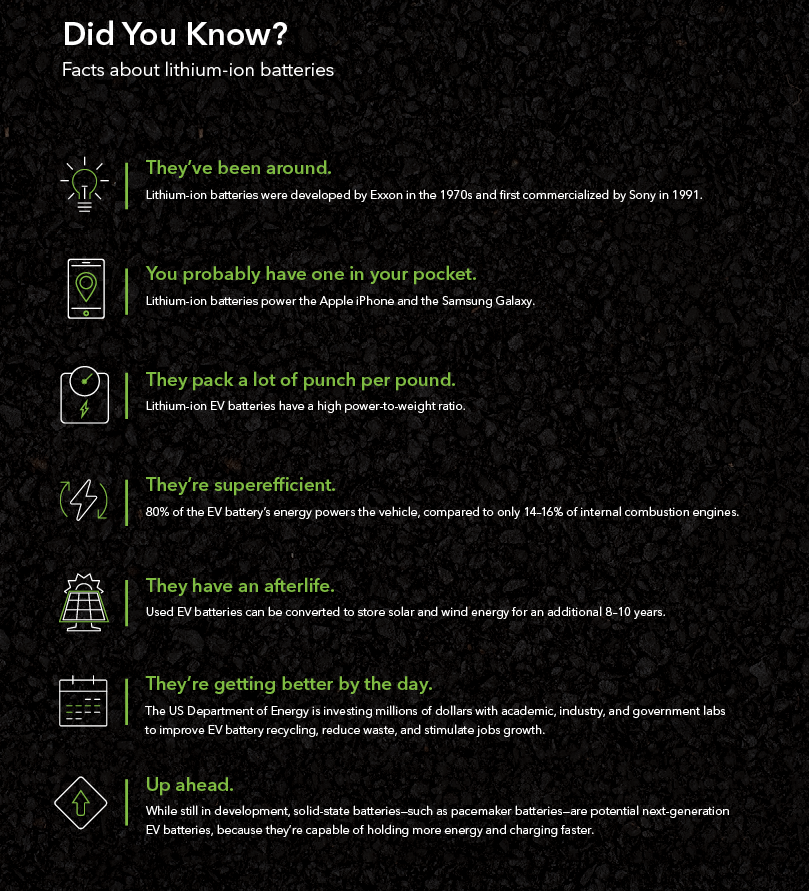
Are EVs more, or less, safe than standard vehicles?
Be sure to tell your employees all EVs must meet the Federal Motor Vehicle Safety Standards and undergo the same rigorous safety testing as all other vehicles sold in the US. Of course, EVs have additional—and critical—safety issues pertaining to the battery.
EV batteries are sealed in enclosures and must pass certain tests. For instance, the batteries are subjected to overcharges and excessive vibrations, extreme temperatures and fire, water immersion, and, of course, collisions.
Manufacturers design their battery electric vehicles with insulated high-voltage wires and other safety features that deactivate the electrical system in the event of a short circuit or a collision. In addition, given the significant weight of the battery, EVs have a low center of gravity, making them more stable and less likely to roll over.
Speaking of safety, consider offering hands-on training for those drivers getting behind the wheel of an EV for the first time. They’ll become comfortable with the “feel” of an EV as well as the technological features available in these smart vehicles.
Can you tell me more about the batteries?
Many people are intrigued by EV batteries. The infographic below shows how these batteries work, showing their numerous impressive attributes.
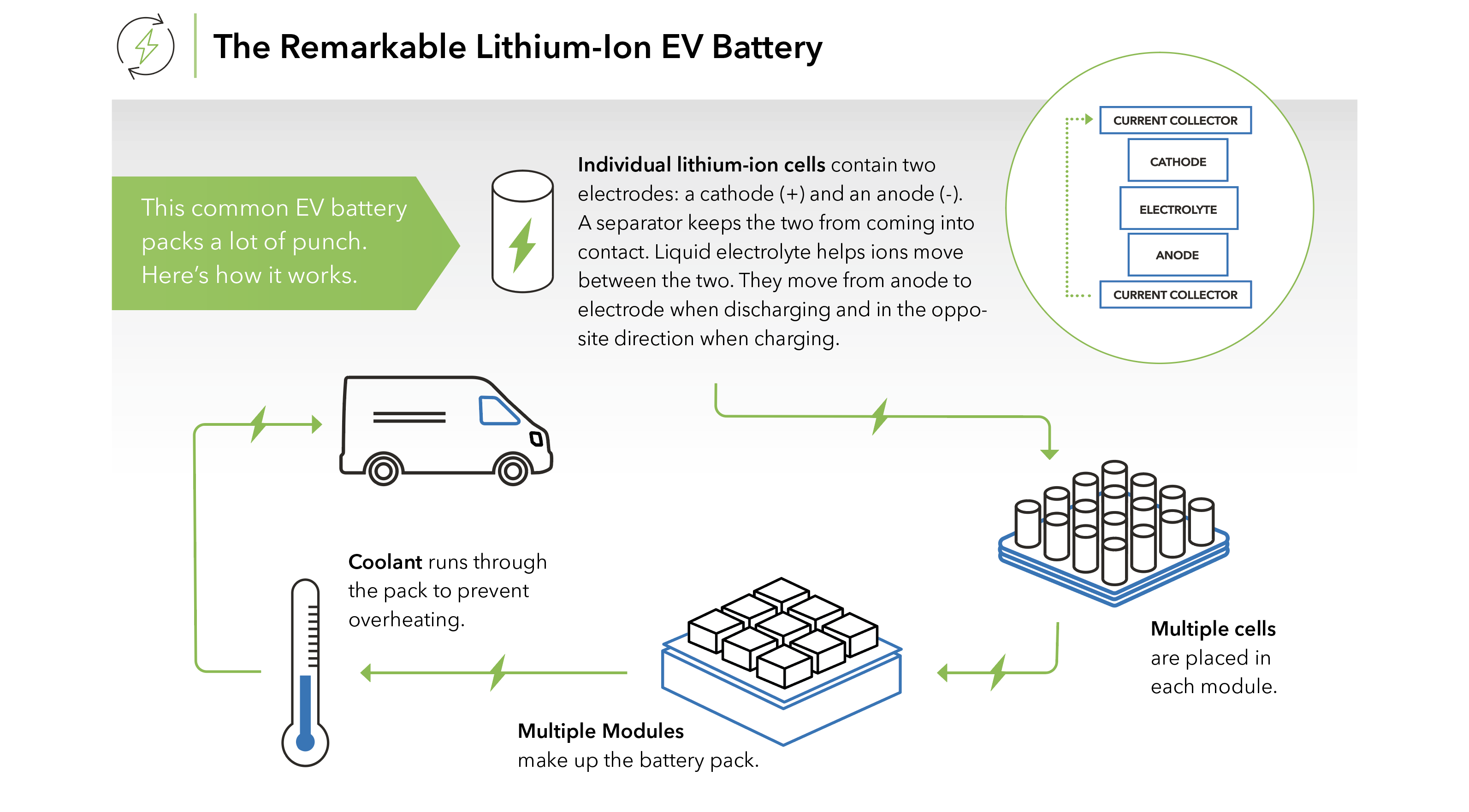
Do EVs require a lot of maintenance?
EVs require considerably less maintenance than conventional vehicles. This saves your company money—and your drivers hassles and headaches. When it comes to maintenance, EVs are a relative breeze compared to conventional vehicles. Here’s why:
- Fewer fluids, such as engine oil, need to be monitored and changed.
- Brake wear is significantly reduced thanks to electric vehicle's regenerative braking. (See below for more detail.)
- Fewer moving parts relative to a conventional engine: the drivetrain in a combustion engine can have as many as 2,000 parts, while an EV’s drivetrain has just 20.
Does driving an EV feel the same as driving a conventional vehicle?
The short answer to this question is no, but that’s not necessarily a bad thing. If anything, driving an EV is more enjoyable for most due to the quieter ride and three key differences regarding gears, acceleration, and braking.
The first difference is the lack of engine gears in an EV. Traditional ICE vehicles use a transmission, either automatic or manual, which shifts depending on what’s required from the engine. This creates moments of lag between gear selection and engine response, which can feel a bit choppy. With no gears, EV motors simply spin one way to go forward and in the opposite direction to go in reverse. Many find the lack of gears inside EVs provides a smoother, more comfortable ride.
The second difference pertains to acceleration. When you depress a conventional vehicle’s gas pedal, the engine’s pistons fire faster, delivering power to the drivetrain, which in turn spins the wheels. There’s typically some lag time involved. It’s not much, but it is noticeable. With electric motors, EVs channel power from the motor directly to the wheels, offering almost instantaneous acceleration. It doesn’t take long to adjust to it—and it can feel rather exhilarating.
Lastly, there are the brakes. Traditional vehicles rely on a disk braking system. You’ll recognize these braking system elements when you hear a high-pitched squeal from a vehicle needing service. EVs leverage a regenerative braking system, capturing the car’s built-in energy and adding it back into the battery system. Unlike a traditional vehicle that continues to coast once your foot leaves the accelerator, the electric vehicle braking system slows down the car on its own to nearly a full stop.
A change. And a charge of adrenaline.
When announcing to your employees their fleet vehicle may soon be an EV, it’s the ideal time to review the topics detailed above. Of course, they’ll also need thorough briefings about their specific vehicle’s features. All of this ensures that when they ultimately get behind the wheel, their EV experience is safe, enjoyable, and perhaps a little fun.




